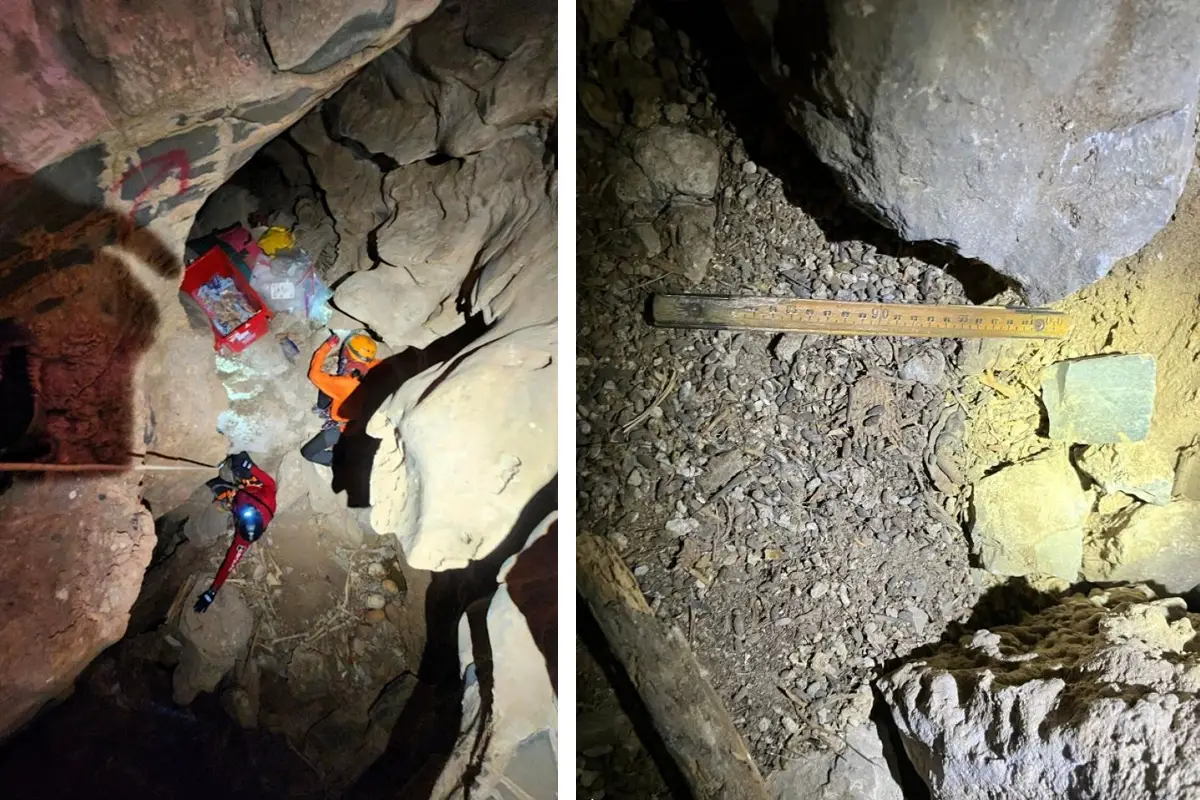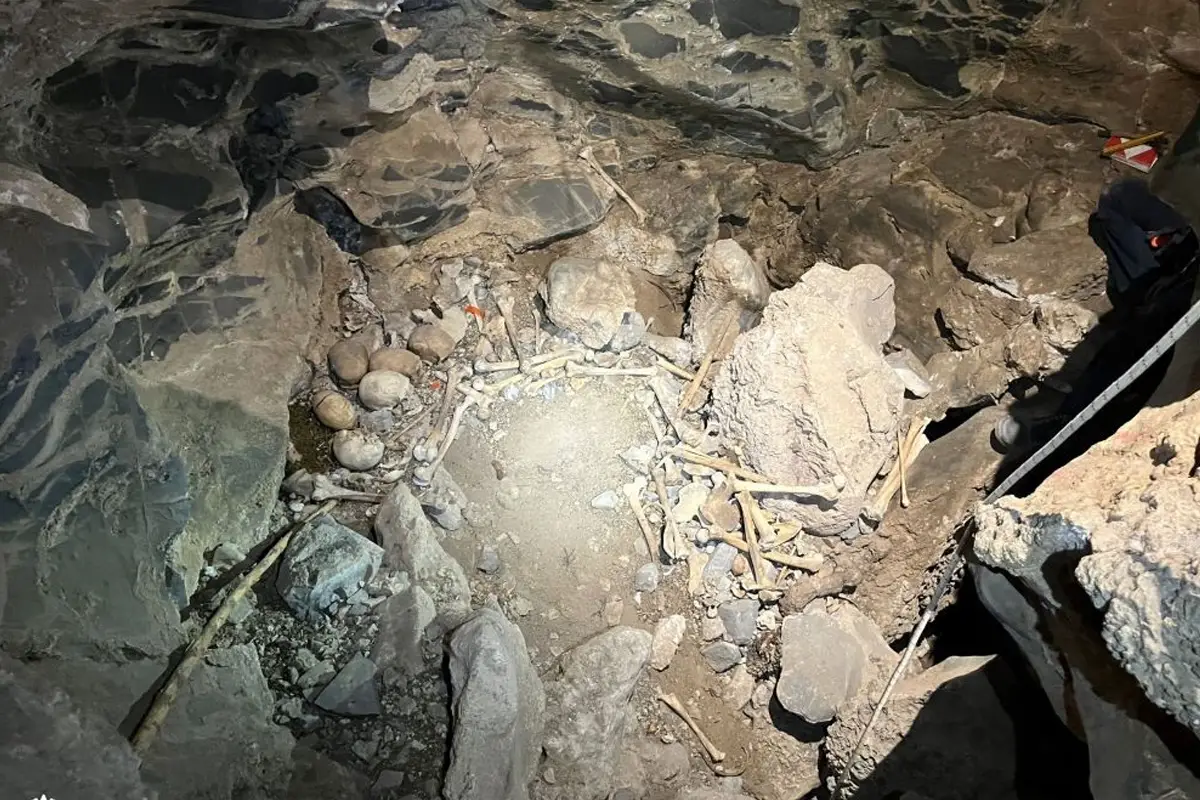Archaeologists from the National Institute of Anthropology and History (INAH) have discovered a pre-Hispanic mortuary cave within the Ocampo Natural Protected Area (ANP) in Coahuila, Mexico.
Upon reports of bone theft and looting in the area, archaeologists from INAH, working in collaboration with the National Commission of Natural Protected Areas (CONANP) conducted a survey of the mountains within the State of Coahuila de Zaragoza.
The study revealed a narrow vertical shaft only 50 centimetres in width, leading to a hidden mortuary cave system used for the burial of approximately 17 individuals. The skeletal remains were deposited inside a semicircular burial chamber.
Despite clear disruption by looting, the bodies were originally interred in burial bundles made from wrappings of textiles and placed on baskets or mats. Experts suggest that the skeletal remains belong to nomadic desert cultures which inhabited the region more than 500-years-ago.

An anthropological analysis has determined that the burials included men, women, and children of various ages. Among the remains, 12 complete skulls were identified, five of which belonged to children.
Archaeologist Yuri de la Rosa Gutiérrez, explained how the site shares similarities to the Candelaria Cave first explored in the Coahuila desert during the 1950’s. Like the recently discovered mortuary cave, Candelaria Cave is also accessed via a vertical shaft and was used for funerary burials of nomadic groups.
INAH reported that the remains have been transferred to the Regional Museum of La Laguna in Torreón, Coahuila, for preservation and further study. Meanwhile, the mortuary cave will be officially added to Coahuila’s national catalogue of archaeological sites.
Header Image Credit : INAH
Sources : National Institute of Anthropology and History





